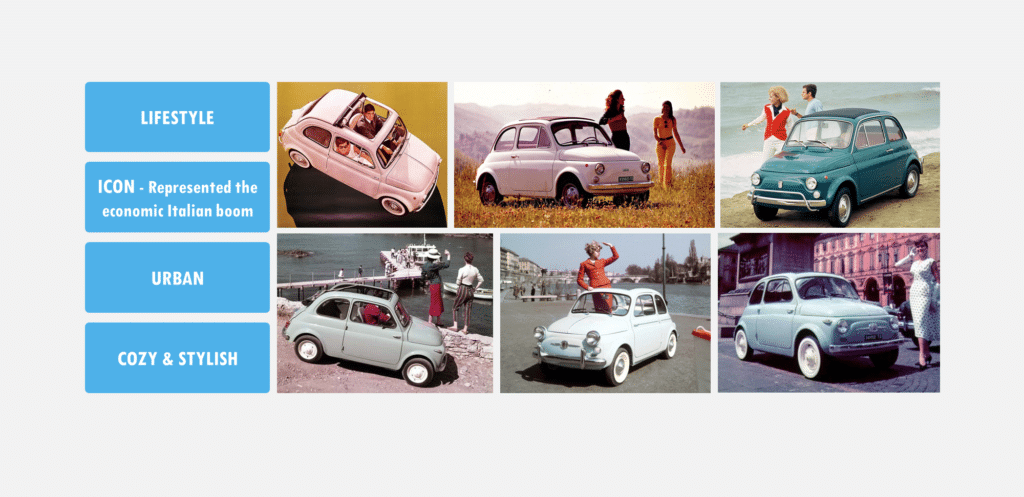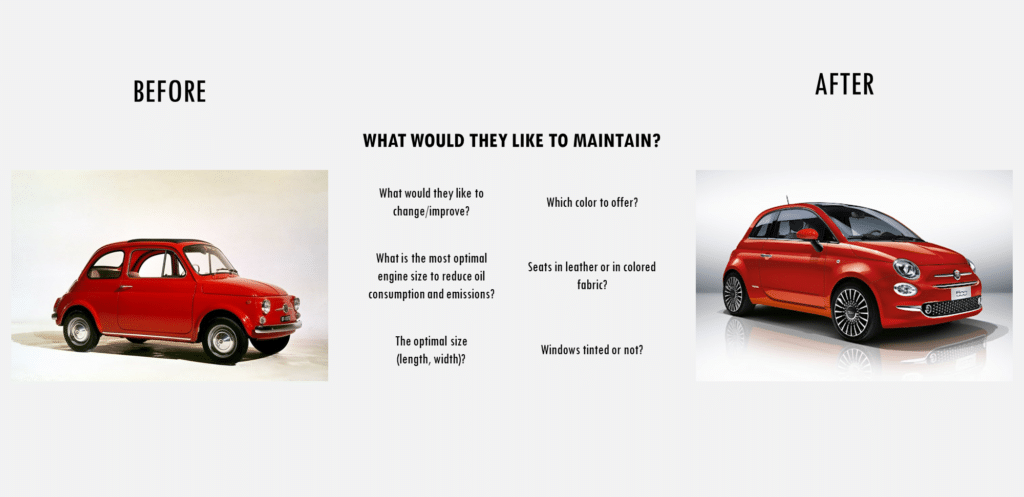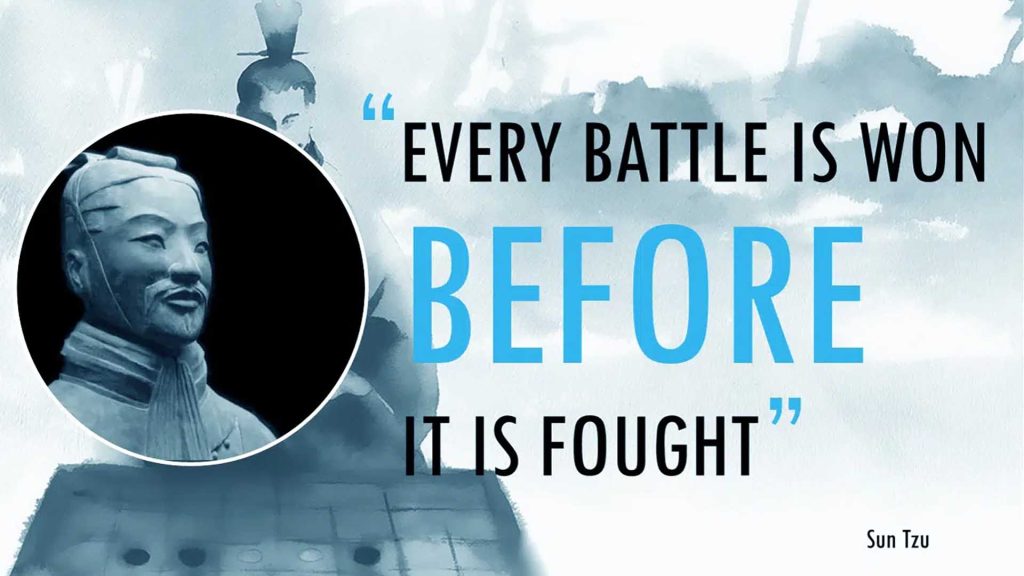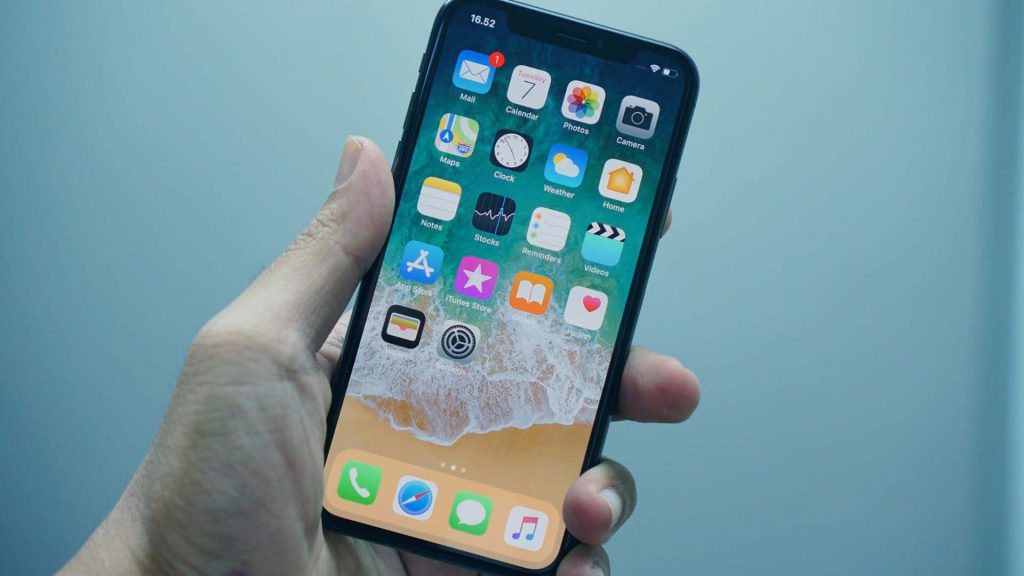Wayne Gretzky, one of the greatest hockey players of all time once said: “I skate to where the puck is going to be, not to where it has been.” How can we translate these words into today’s marketing context? It is certainly important to anticipate consumer needs, especially in dynamic markets like Turkey, Russia, and Eastern Europe among others, but how can we do it with as much accuracy as possible? How do we learn how specific segments in each market are evolving together with society in general?
Anticipate Consumer Needs
These are two sides of the same coin. On the one hand, the key is in how to approach consumers. In order to anticipate consumer needs, knowing our target is not enough. We have to understand them in a much more holistic manner than simply how they use our category: a good marketer knows what consumers like, and what, when, where, and how they buy; a great marketer understands why consumers behave in a certain way. Understanding consumers’ attitudes, fears, and tensions and how these relate to society and the evolution of geopolitics, will allow us to predict people’s behavior.
Consequently, anticipation is also the key driver for innovation. So, how can we innovate our product in order to understand what consumers are really looking for?
As is typically the case, the easiest and more obvious solution is usually the most successful one: Let’s ask consumers! Involving consumers before, during, and after we develop new products ensures we get it right in the long term. The advantages of this strategy are countless, and with today’s technology, social media, and the Internet, costs are very limited.
The New Fiat 500 – Case Study
In the early 2000s in Italy, Fiat was about to collapse. Their “me too” strategy, aiming to replicate the German and Japanese car models, had resulted in a loss of brand identity. Fiat was no longer able to engage consumers emotionally. Sergio Marchionne, who was the CEO of Fiat at that time, understood that he had to do something in order to change the fate of the giant Italian brand.
In the early 1950s, Fiat launched the 500, which is still the icon of the economic Italian BOOM! The Fiat 500 was a lifestyle: urban cozy and stylish. It represented hope and recovery. In Italy, it was the most loved and most used car of all time.

Marchionne’s goal was to bring that strong emotional connection back to life in the Fiat 500 and to capture the hearts of consumers by leveraging the nostalgic feeling of the 1950s, the most prosperous period of Italian history. When he announced his idea, Italians were very skeptical. For them, the 500 was untouchable – it represented history, and there was no way that such an old model would still appeal today. Contrary to what we might expect from an Italian Fulfiller, Marchionne asked potential consumers what they would like the new model to be… an Italian car built by Italians and for the Italian people.
Using the Fiat website, social networks, and blogs, end consumers participated in the building process of the new 500. They left comments, gave feedback, and suggested different topics: What would they like to maintain the old model? The optimal size (length, width)? Which color to offer?

Fiat Belong to Us Campaign
The results were gorgeous. With its campaign “Fiat belongs to us”, Marchionne was able to recreate that emotional connection between the brand and the Italian consumer that was lost many years before. In 2008, the new/old 500 won the international prize as Car of the year in Berlin. Marchionne never closed the dialogue the company had established with the consumers, and, in fact, the car has improved constantly thanks to the help of the consumers. In 2011, the new Fiat 500 won the prize for the best design in the car industry.
The positive aspects of this new approach were multiple. Functionality-wise the car was an incredible success since it was literally tailor-made for Italians and their lifestyle – hearts and minds, functionally and emotionally. What was really unexpected was that potential consumers were so involved in the creation of the product that they felt that 500 was their own creation. Even before its launch, the product was already a success. The people involved in the process become Fiat Brand Ambassadors… Evangelist of the product!
The restyling of the 500 was just the beginning of the revolution in the Fiat world. At the moment in Brazil, the company is working on finalizing the Fiat Mio (that in Italian means mine), which from the very beginning was built by potential consumers, passionate and car experts.
The time of being afraid of sharing information during product development because of the competitor is over. You need to watch, listen, and involve the consumer and the competitor will always, as a result of focusing on you, remain far behind. Involving potential customers during new product development in order to understand and anticipate consumer needs is much more important than hiding information from competitors.
Summary
At Garrison Group, we truly believe that consumer centricity is the key to differentiating and being successful, no matter which industry we are operating in or how big our business is. In fact, brainstorming with potential consumers about market innovations can be fruitful, especially for start-ups or other companies that are going through difficult financial periods, and have only one shot before going to market with a new product.
This new approach will allow companies to anticipate consumer needs and consequently build loyalty and trust from the beginning. It will connect them emotionally with their potential consumers, and as a final result, it will grow the business exponentially. Like Chinese military general and philosopher Sun Tzu used to say, it’s “winning without fighting.”



